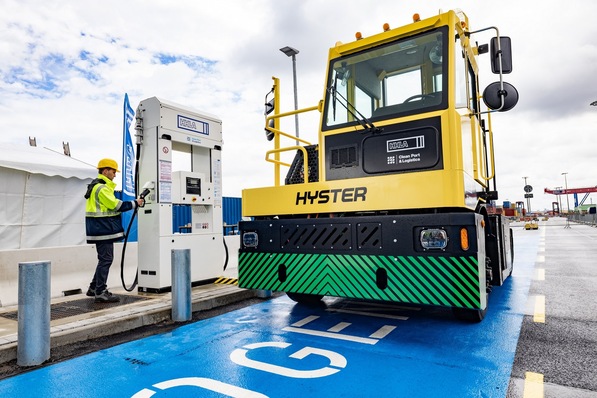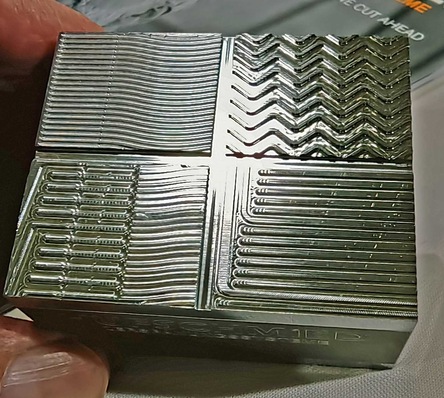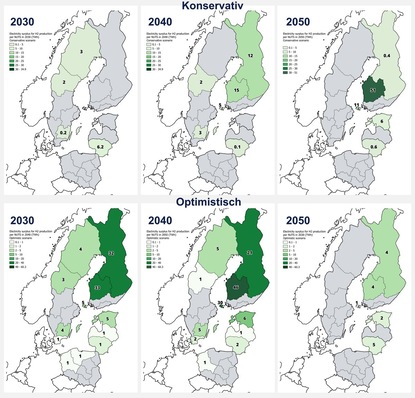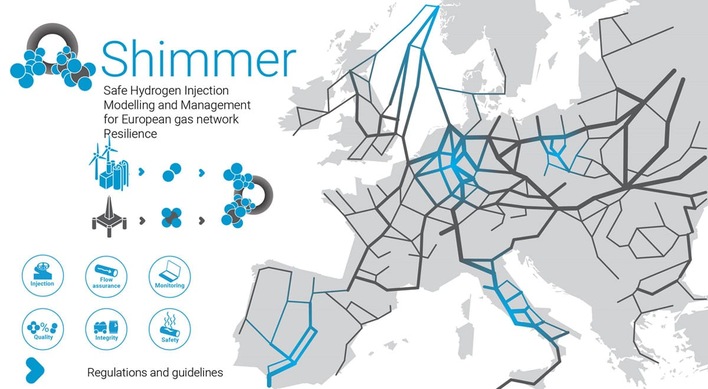The blending of hydrogen into natural gas is the application area for sensors from Archigas. So far, there are only a few practical solutions for the necessary continuous measurement of concentration. The provider cites several challenges. Moisture and particles can damage conventional sensors, and the partially unknown composition of natural gas leads to cross-sensitivities. In addition, samples must not be released into the environment, and high operating pressures place stress on conventional measuring devices.
The further developed thermal conductivity measurement, referred to by Archigas as WLD technology, is intended to provide a solution. It is, among other things, the basis of the recently introduced TCD3000 SiA gas analyzer in a screw-in design with ATEX certification. The device measures in the range from 0 to 100 vol.%. According to the manufacturer, it is insensitive to high humidity and particles and features precise calibration to minimize cross-sensitivities. The gas sampling system remains completely sealed, while the pressure resistance up to 200 bar ensures high operational safety and durability, says Archigas.
As references, Archigas cites a study by the Van Swinden Laboratory (VSL) in the Netherlands, which has similar responsibilities in the field of metrology as the Physikalisch-Technische Bundesanstalt in Germany. As part of the EMPIR project (European Metrology Programme for Innovation and Research), VSL tested, among other things, the sensors from Archigas. According to the manufacturer, these scored particularly well in terms of speed. The t95 time was under one second. In the study, the sensor was tested uncalibrated. The standard deviation was well below 10 vol.%. With calibration, the accuracy is below 1%, based on the measurement range. 
More information: archigas.com









